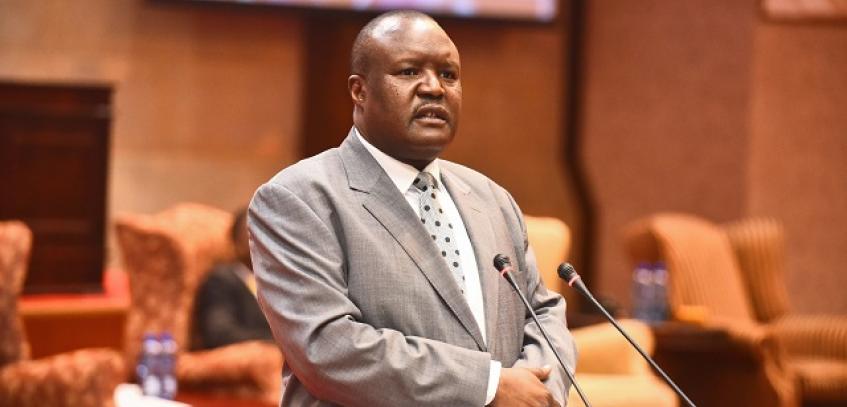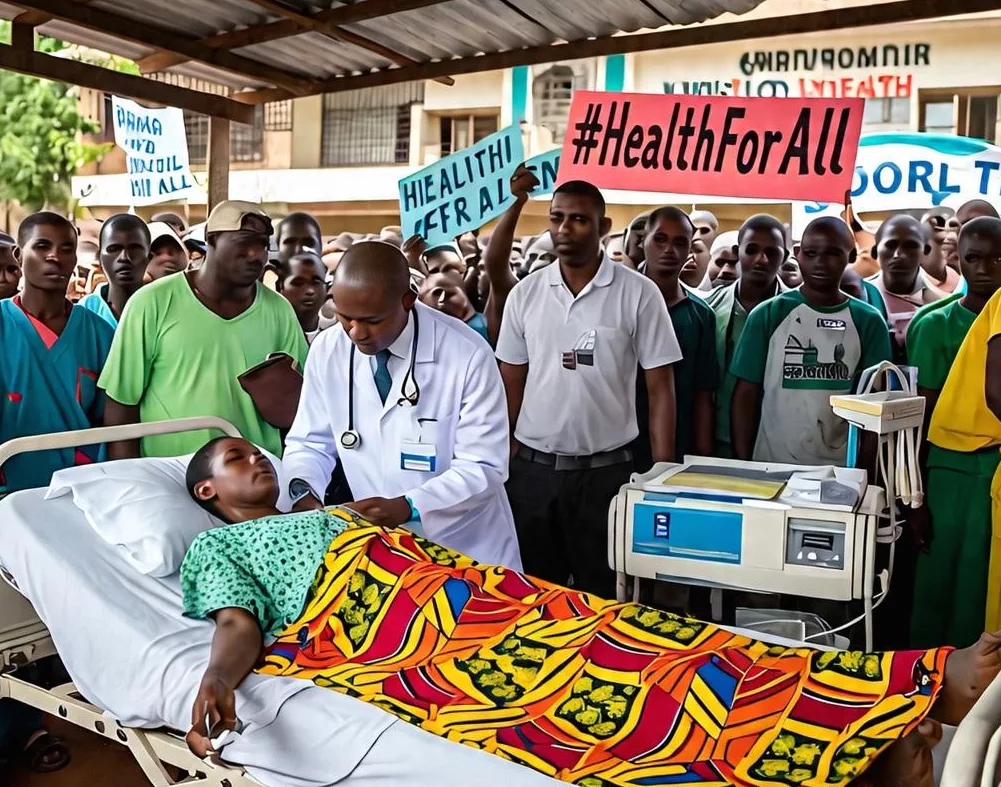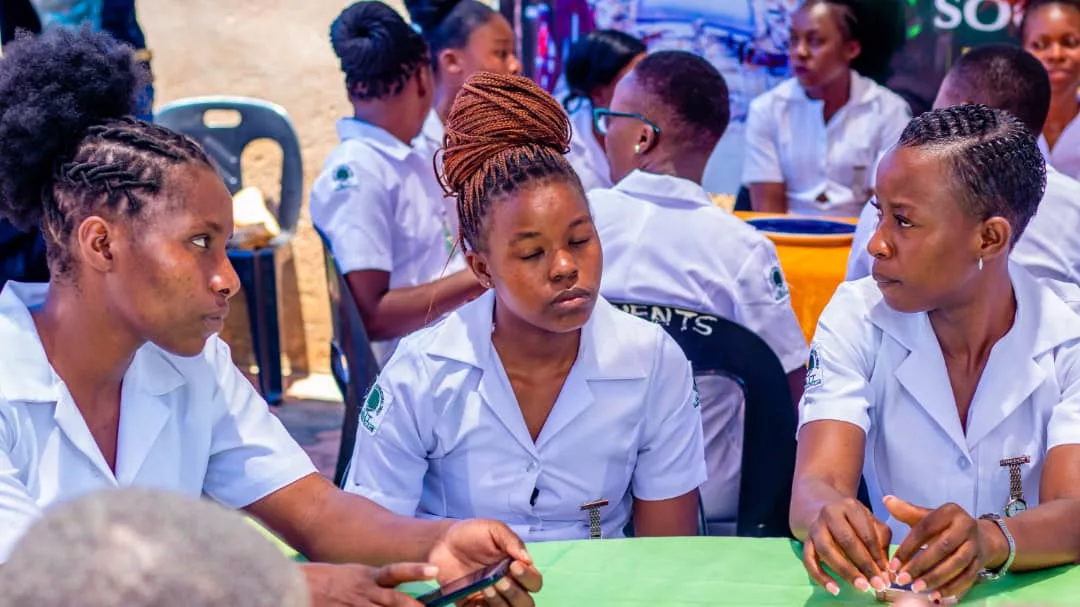|
Getting your Trinity Audio player ready...
|
By Sophia Mukasa Monico, UNAIDS Country Director
Data just released in the new UNAIDS global AIDS report, In Danger, reveals that the world is not on course to end AIDS by 2030. For Zimbabwe, the hard-won progress against HIV is threatened by the deteriorating humanitarian situation and the country’s worsening economic circumstances, including currency volatility which is adding to an already difficult situation for Zimbabwe’s 1.3 million people living with HIV. Inequities are widening. Household food insecurity and limited access to hygiene, sanitation, and water have a disproportionate impact on people living with HIV. HIV medication should not be taken on an empty stomach.
Lack of access to foreign exchange has significantly reduced stocks of essential medicines, diagnostics, and other medical supplies. Some private pharmaceutical suppliers now only accept United States dollars and their prices have dramatically increased. In these circumstances, many people, including people living with conditions such as HIV and tuberculosis, are unable to pay for medicines and basic health services. Where clinics do have availability, many people cannot afford the cost of transport. Lack of adherence to treatment puts patients’ health at risk and may lead to drug resistance.
The fragile situation in Zimbabwe also increases the risk of HIV infection, especially for women and girls, refugees, and the internally displaced. Adolescent girls or young women are three times more likely to get infected with HIV compared to boys and men the same age. In 2021, according to UNAIDS Global AIDS report, new HIV infections among young women aged 15–24 years were 76% more than in young men: 5200 new infections among young women, compared to 1600 among young men. In Zimbabwe, HIV prevalence among the general adult population has declined from 18.1% in 2005 to 11.6% in 2021. HIV sub-epidemics show evidence of a disproportionate burden of disease among KP groups with 54% HIV prevalence among female sex workers, 27.5% among Transgender persons, and 21.1% among men who have sex with men. Criminalisation, stigma, and discrimination drive higher rates of infection and lower uptake of services.
UNAIDS is very concerned about the worsening humanitarian situation in Zimbabwe, where people living with HIV are disproportionately affected by food insecurity and shortages of essential medicines,” said UNAIDS Country Director, Sophia Mukasa Monico.
“UNAIDS stands ready to work with all national and international partners as well as the most affected communities to ensure that we address the inequalities that exacerbate HIV infection and hinder access to HIV treatment and prevention services to mitigate the adverse effects of the current situation.
The UNAIDS report showed the public health fight against HIV is getting harder, but there are a few bright spots. Zimbabwe, which is hard-hit by HIV, has already achieved the three key 2021 HIV Political Declaration 2025 goals: 95.6% of HIV-infected people know their status, 95.6% of those who know their HIV status are getting treated, and 93.2% getting treated show signs of viral suppression demonstrating the effectiveness of the treatment and contributing to the reduction of new infections. However, that notwithstanding, we still need to scale up viral load testing.
Progress towards 95-95-95 among children is still relatively low, the country did not manage to reach 95 for children. There is a need to invest in child treatment and quality improvement. High attrition and loss of qualified and experienced health professionals in the public health sector were instigated by the deteriorating conditions of service and the global demand for professionals due to the Covid 19 pandemic. The brain drains impact negatively on the quality of health and HIV care and impacts health service delivery. HIV stigma and discrimination remain pervasive, it is high and hinders access to services and must be addressed.
The human cost of a stalled HIV response is chilling. Although affordable treatments are available to prevent most AIDS-related deaths, 20 000 people died of AIDS-related illnesses in 2021 and 54.5% were men.
According to the 2021 National Spending Assessment, the HIV response in Zimbabwe is largely donor-funded, international funders were the largest contributor in 2020 (74%) and the government (4%), Out-Of-Pocket expenditure was 21%. With the richer countries cutting or redeploying humanitarian budgets, low- and middle-income countries are saddled with debt repayment and forced to cut back spending on essential services like health and education.
UNAIDS Country Director, Sophia Mukasa Monico, said it’s not too late to get back on track despite the continued COVID-19 and economic crises.
“Ending AIDS would cost much less money than not ending AIDS,” she said.
“The actions needed to end AIDS are also key for overcoming other pandemics.”






